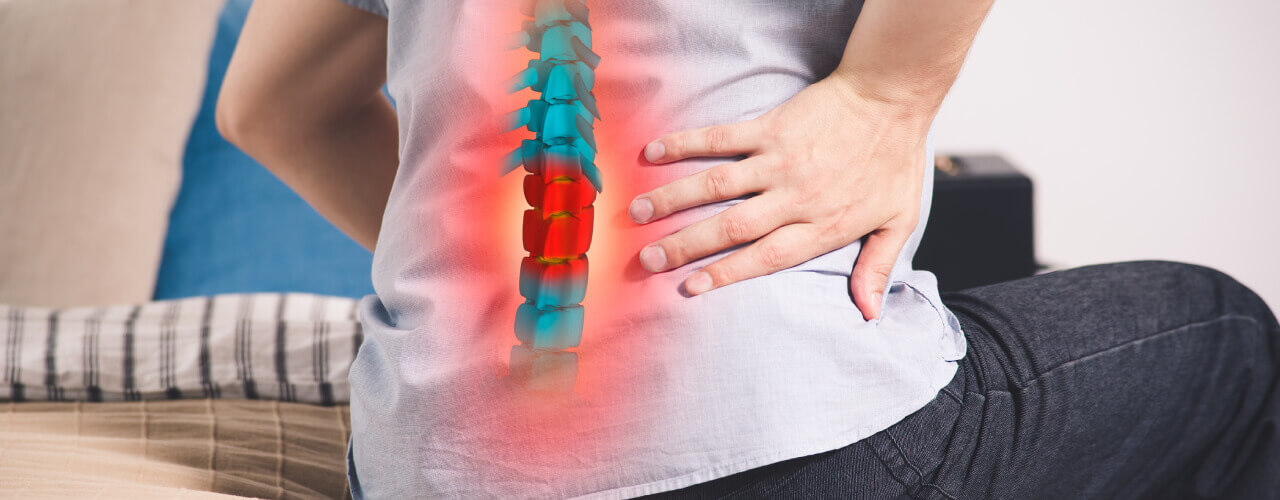There are better ways to relieve your pain.
We’re betting you’ve seen the headlines, and you’re well aware that opioids are a major contributor to America’s widespread drug crisis. We also understand that if you or a loved one suffers from chronic pain, you may be frustrated and unsure of your options.
Our physical therapy clinic joins the Centers for Disease Control and Prevention and other professional organizations in recommending physical therapy and other alternatives to prescription opioids for chronic pain management.
Many people are unaware of how effective physical therapy can be in relieving even the most persistent symptoms—all without the use of drugs or invasive procedures.
We’d be delighted to demonstrate how a physical thearpist can help you feel (and function) better than ever before.
Why are opioids so dangerous?
There aren’t many significant health risks when people use over-the-counter medications to relieve pain.
When it comes to pain relievers, Advil, Tylenol, and Ibuprofen are generally safe to use in moderation if you’re recovering from a car accident.
However, if you are in excruciating pain as a result of a more serious injury you may have sustained in the accident, prescription-strength medications may be prescribed. However, severe pain necessitates severe medication.
It’s important to understand the differences between opioids and over-the-counter medications.
Opioids are the most commonly used medication for pain management across the United States. Even though they are commonplace, they contain some shockingly harmful facts:
- More than 2 million people in the United States become addicted to pain medication every year, many of the medications being opioids.
- Opioids are a highly addictive substance and are the most commonly abused prescription medication.
- About a quarter of heroin addicts began their addiction through prescription opioid dependency.
- Opioids are a highly dangerous class of substances. Heroin is among the opioid category, as well as prescription pain relievers like oxycodone, hydrocodone, morphine, and more.
These facts, while disturbing, must be taken into account. They paint a bleak picture of prescription pain medication use in the United States, which experts believe has reached epidemic proportions.
You don’t need to have a history of addiction to become dependent on opioids – in fact, many people who become addicted have never had any issues with drug dependency in the past.
Fortunately, physical therapy can help provide the same pain relief in a much safer, healthier, and natural way.
Physical therapy can help you govern your pain without drugs, giving you a chance to break away from your reliance on opioids.
Here are five reasons to consider physical therapy over opioids
- Physical therapy empowers you to be your best self. Physical therapists, have a lot of face-to-face interaction with their patients and can take the time to learn about their goals, demands, and preferences. This ensures that patients are involved in their treatment plans, are well-informed about their health conditions, and have access to the exercises, stretches, and other lifestyle changes that will help them achieve their goals. Physical therapy is a hands-on activity that puts you back in control of your own health.
- Physical therapy services are mutually beneficial. You won’t get just one type of treatment when you go to a physical therapist for pain relief. You’ll get a variety of services that work together to improve your overall effectiveness. What’s the end result? For you, a cost-effective and all-encompassing healing journey!
- A physical therapist gets you moving! Exercise is one of the most effective ways to manage chronic pain, according to research. But how is a person supposed to start exercising more if they are in so much pain that they can barely get out of bed? This is where physical therapy comes in.Your physical therapist can help you manage your condition as well as other factors that make exercise difficult (such as range of motion limitations, tissue tension, weakness, and incoordination). A physical therapist can help you reduce your risk of other chronic diseases by assisting you in getting more exercise and showing you which exercises are best for you as well as how to do them correctly.
- Modalities a physical therapist may use to relieve pain and inflammation are non-invasive, drug-free, and safe. Physical therapists treat pain, muscle spasms, inflammation, and other issues with techniques such as diathermy, dry needling, electrical stimulation, ultrasound, and others. These techniques have few to no side effects, and unlike drugs, they do not cause addiction or withdrawal. They simply boost your body’s natural ability to heal itself (instead of just “masking” the pain). A physical therapist with extensive training can ensure that these techniques are used correctly (intensity, location, type, duration, and frequency) to achieve the best results.
- Manual therapy stimulates healing and eases pain and tension. Joint mobilizations and manipulations, massage, myofascial release, Active Release Techniques, and Proprioceptive Neuromuscular Facilitation are all techniques that a physical therapist is trained in. These can trigger physical and physiological changes in the body’s connective tissues, central nervous system, lymphatic system, and more. These techniques have been proven to relieve pain and elicit healing responses that can keep pain from coming back.
Contact us today to find relief for your pain
Don’t just hide your pain—heal your pain from the source! Whether your pain is caused by a sports injury, a chronic joint disorder, stroke, or something else, we invite you to schedule an appointment at our physical therapy clinic today.


